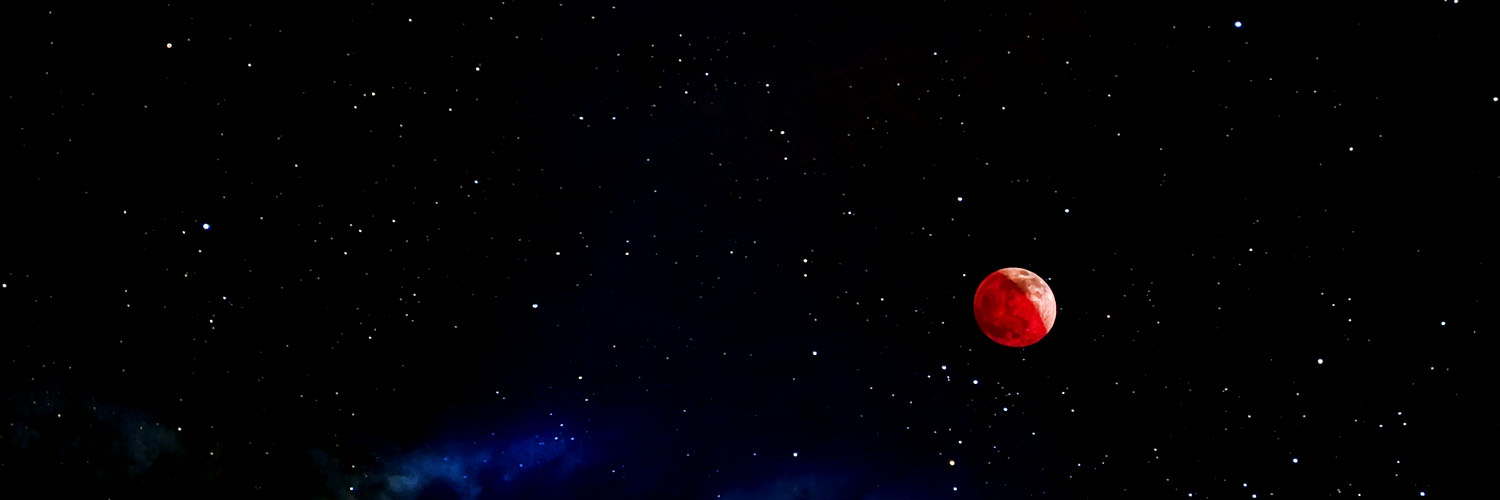
Planetarium Private Shows
Astronomy Outreach Private Events
Private shows can be requested by educational organizations such as schools, scouting troops and library groups, or for private parties including birthdays, family reunions or just for fun!

During a private show, you will have the space to yourself and can request the topics you would like covered by the presenter. The cost for a private show is for the entire show, not per person.
Costs are as follows:
- Educational organization, weekday: $40
- Educational organization, weekend: $60
- Private party, weekday: $60
- Private party, weekend: $80
Note: Discounted rates are available for educational groups with limited budgets.
To request a private show, use the private show request form, or email PandAOR@clemson.edu with details about your request. Private shows are customizable. Choose one of the public show videos or select from a list of topics for one of our presenters to guide you through.
Private Show Descriptions
Expand the accordions below for more information on the available custom show topics. All guided topics leave plenty of time for questions.
No
-
Eclipses
There are two kinds of eclipses commonly viewed from Earth — solar eclipses and lunar eclipses. The planetarium can simulate these eclipses as viewed from Clemson while the presenter explains how these eclipses occur and who can see them.
-
Stellar Evolution
The life of a star can span millions to billions of years. In the planetarium we will display the major stages of a star’s life, from its creation to its often explosive end. This topic will also cover how we learn about the properties of stars to better understand their life cycle.
-
Seasons
The seasons of the Earth are tied to the motions of the Earth around the sun, specifically how the Earth’s rotation is tilted relative to the sun. The planetarium can show these motions in detail while the presenter explains exactly how the motion and alignment of the Earth leads to summer and winter.
-
Constellations
Constellations are how we organize the stars in the sky. The planetarium can display the view of the stars and constellations from anywhere and anytime. The presenter will point out the best constellations to view at the time of your visit as well as famous and useful constellations to help orient yourself.
-
Galaxies
Galaxies are made of millions of stars as well as gas, dust and other stellar remnants. They can appear in many fascinating shapes and colors. The planetarium will display a simulation of our own galaxy as well as real images of distant galaxies as the presenter explains how they are classified and the structures within them.
-
Nebula
Nebulas are the remnants of stars’ explosive ends and are some of the most photogenic objects in the universe. The planetarium will show some nebulas as viewed from Earth as well as touring through 3-D models of some nebulas.
-
Auroras
Auroras are best visible on Earth near the polar regions where the Earth’s magnetic field lines pass through the surface. The planetarium will display this amazing phenomenon from both space and the surface of the Earth while the presenter explains the science.
-
Black Holes
Black holes are, by nature, difficult to view. If they become active — then known as active galactic nuclei — they are the source of some of the most powerful jets of energy in the universe. The planetarium will show the signs we can see of black holes and the famous first image of a black hole requiring international collaboration and an effectively Earth-sized telescope.
-
Dark Matter
Dark matter is one of the ongoing mysteries in astronomy. Gravity tells us of its existence, but its exact nature remains unknown. The planetarium will show the evidence of dark matter while the presenter elaborates on its importance and our current understanding.
-
Solar System
Our own solar system is full of fascinating objects including planets, dwarf planets, asteroids and comets. The planetarium will fly you through the solar system starting at the sun and ending at the outermost edge of the solar system, past the orbits of all the planets. Exact objects visited will vary depending on the length of your show and requests.
-
Satellites
An array of satellites orbit the Earth in a variety of orbits. The planetarium can show many of the man-made objects orbiting the Earth while the presenter explains why objects follow certain orbits.
-
Moons
Moons in our solar system outnumber the planets with some planets having over 80 moons. The planetarium can show details of many of these moons while the presenter explains why they look the way they do and their significance.
-
Meteor Showers
Meteor showers, also called shooting stars, are events that happen on a regular basis but are often overlooked. The planetarium can simulate meteor showers while the presenter explains their connection to comets.
Visiting Campus
The planetarium is located in Kinard Laboratory 112. Kinard Laboratory is behind Sikes Hall and Long Hall. Visiting the planetarium can be challenging, especially with large groups. Always check the parking services website for updates on parking options on campus. Some suggestions based on group size:
Small Private Groups
If your group will be arriving in just a couple of vehicles, we recommend using metered parking. Keep in mind the planetarium is in the Kinard building.
- Learn more about metered parking locations.
Large Private Groups
If your group will require many cars, we recommend parking at the South Carolina Botanical Garden to carpool, or utilizing the off-campus lot and the shuttle.
Large Educational Groups
For very large groups that will utilize buses, we recommend dropping off in the lot behind the Sikes building. The bus will park at the South Carolina Botanical Garden and then return for pickup.
